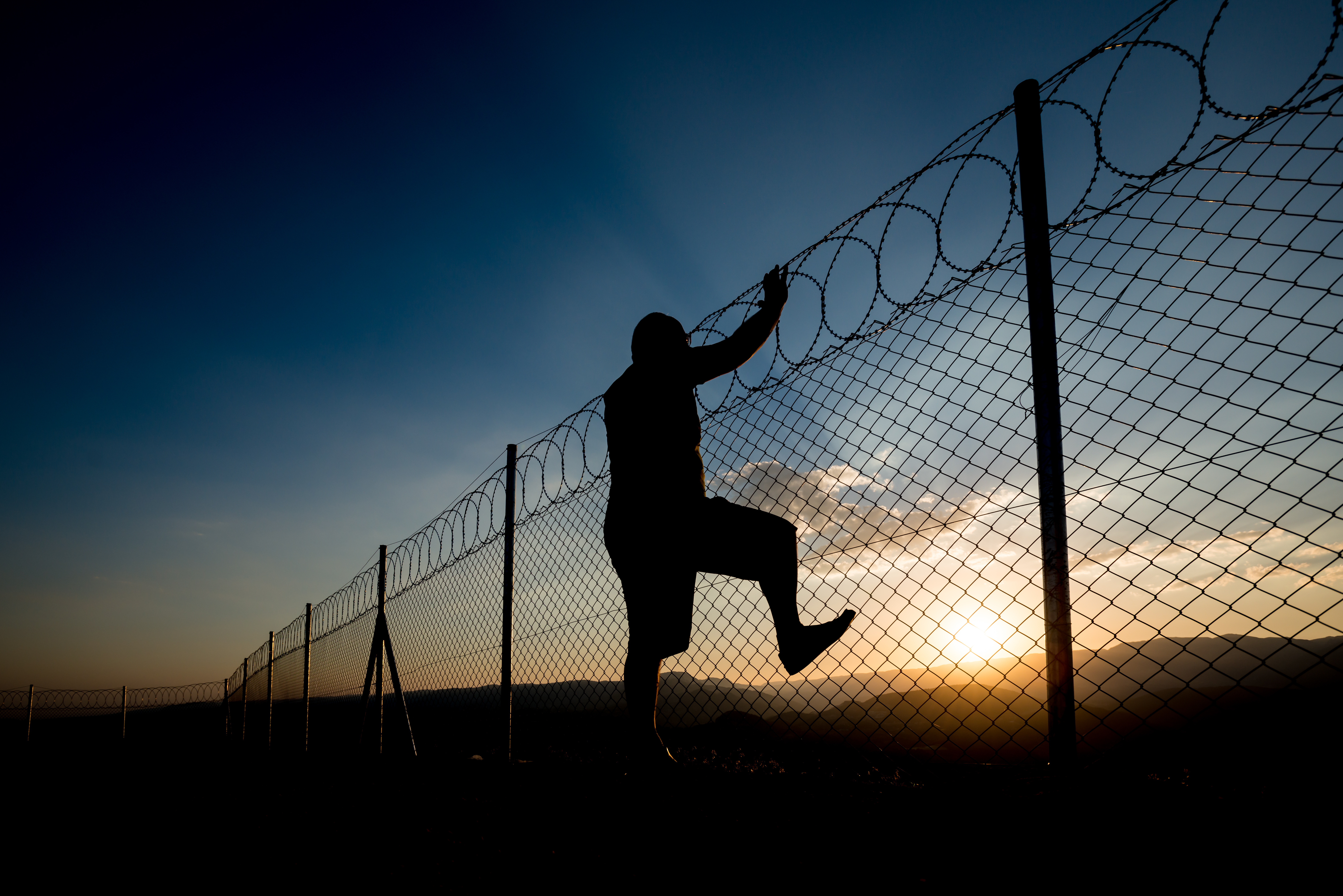What is the content of refusal to enter Japan due to COVID-19 virus?
What is the content of refusal to enter Japan due to COVID-19 virus?
After entering the country, a PCR test is performed at the airport and quarantine processing is performed until the test results are known.
スポンサードサーチ
What is the content of refusal to enter Japan due to COVID-19 virus?
An emergency declaration was issued all over Japan.
For the purpose of preventing COVID-19 virus infection from overseas, Haneda Airport, Narita Airport, Kansai Airport, etc. impose measures such as “immigration refusal” for foreigners arriving from overseas, and mainly Japanese people. As a general rule, all Japanese except for flights from some countries are subject to PCR testing.
Furthermore, in addition to waiting for 14 days at designated places such as at home or at a hotel, requests for refraining from using public transportation (including taxis).
For foreigners from countries / regions that were not denied entry, the suspension of primary and multiple visas issued by April 2nd, suspension of visa exemption, and APEC / Business Travel Decided to suspend visa exemption for cardholders.
If you need to travel from these areas, you can do so if you apply for a visa in advance from the Japanese embassy or consulate in your country and are approved.
However, depending on the situation, even if you have a visa, you may not be allowed to enter Japan.
73 countries / regions are denied entry from abroad
49 new countries / regions have been subject to entry denial since midnight on April 3, and the total number has expanded to 73 countries / regions. The United States, Canada, Europe, Asia, Oceania and the Middle East cover almost all countries, as well as some Latin American and African countries.
Foreign nationals from the areas subject to immigration refusal will not be able to enter, but even if they are Japanese nationals or foreigners, they will be “permanent residents”, “spouse of Japanese nationals”, “spouse of permanent residents”, etc. Although it is possible to enter Japan if you have the status of residence of “”, in the case of re-entry, you can enter Japan only if you leave the country by April 2 other than “special permanent resident”.
After entering the country, a PCR test is performed at the airport and quarantine processing is performed until the test results are known.
From April 3, flights from countries that continue to operate Japan routes (excluding rescue flights and temporary flights) are subject to entry restrictions in all countries except Mexico and Myanmar. After arriving at the airport, Narita Airport, and Kansai Airport, PCR tests have been performed on all of them.
Due to the drastic increase in the number of people subject to PCR inspection, even if an airplane arrives at the airport gate, it will be on-board waiting until the inspection order comes.
In fact, it may take several hours before you can disembark.
Immigrants will be screened for PCR after submitting a quarantine questionnaire.
The increase in the number of sample subjects makes it difficult to produce results immediately after PCR testing.
Currently, it takes about one to two days for results to come out.
Therefore, the immigrants will wait at the hotel near the airport prepared by the government until the PCR test result is obtained.
After a negative result is confirmed within 1 to 2 days, you will be transferred to the airport you arrived at.
After that, after waiting for 14 days from the day after entering the pre-declared hotel etc., the immigrants can move to their destination.
Recently, temporary beds combining cardboard boxes have been prepared in the restricted area of the airport due to the full vacancy of hotels near the airport,
There are cases where immigrants stay until the result is obtained.
1. Countries / regions that have immigration restrictions for travelers from Japan and Japanese (183 countries / regions)
Iceland
Azerbaijan
Afghanistan
United Arab Emirates
Algeria
Argentina
Albania
Armenia
Angola
Antigua and Barbuda
Yemen
Israel
Iraq
India
Indonesia
Uganda
Ukraine
Uzbekistan
Uruguay
Ecuador
Egypt
Estonia
Eswatini
Ethiopia
Eritrea
El Salvador
Australia
Austria
Oman
Netherlands
Ghana
Cape Verde
Guyana
Kazakhstan
Qatar
Canada
Gabon
Cameroon
Korea
Gambia
Cambodia
Northern Macedonia
Guinea
Guinea Bissau
Cyprus
Cuba
Greece
Kiribati
Kyrgyzstan
Guatemala
Kuwait
Cook Islands
Grenada
Croatia
Kenya
Ivory Coast
Costa Rica
Kosovo
Comoros
Columbia
Republic of the Congo
Democratic Republic of Congo
Saudi Arabia
Samoa
Sao Tome and Principe
Sierra Leone
Djibouti
Gibraltar
Jamaica
Georgia
Syria
Singapore
Zimbabwe
Switzerland
Sweden
Sudan
Spain
Suriname
Sri Lanka
Slovakia
Slovenia
Seychelles
Equatorial guinea
Senegal
Serbia
Saint Kitts and Nevis
Saint Lucia
Somalia
Solomon Islands
Thailand
Taiwan
Tajikistan
Tanzania
Czech
Chad
Central African Republic
China
Tunisia
Chile
Tuvalu
Denmark
Germany
Togo
Dominican Republic
Dominica
Republic of Trinidad and Tobago
Turkmenistan
Turkey
Tonga
Nigeria
Nauru
Namibia
Niue
Niger
New caledonia
new Zealand
Nepal
Norway
Bahrain
Haiti
Pakistan
Panama
Vanuatu
Bahamas
Papua New Guinea
Paraguay
Hungary
Bangladesh
East Timor
Philippines
Finland
Bhutan
French Polynesia
Brazil
France
Bulgaria
Burkina Faso
Brunei
Burundi
Vietnam
Venezuela
Belize
Peru
Belgium
Poland
Bosnia-Herzegovina
Botswana
Bolivia
Portugal
Hong Kong
Honduras
Marshall
Macau
Madagascar
Malawi
Mali
Malta
Malaysia
Micronesia
South Africa
South Sudan
Myanmar
Mauritius
Mauritania
Mozambique
Maldives
Moldova
Morocco
Mongolia
Montenegro
Jordan
Laos
Latvia
Lithuania
Libya
Liechtenstein
Liberia
Romania
Luxembourg
Rwanda
Lesotho
Lebanon
Russia
Reference: New Coronavirus (Country / region immigration control measures for travelers from Japan / Japanese and behavior restrictions after immigration) (From the Ministry of Foreign Affairs website on April 20, 2019 (updated at 6:00 am))
https://www.anzen.mofa.go.jp/covid19/pdfhistory_world.html
スポンサードサーチ
